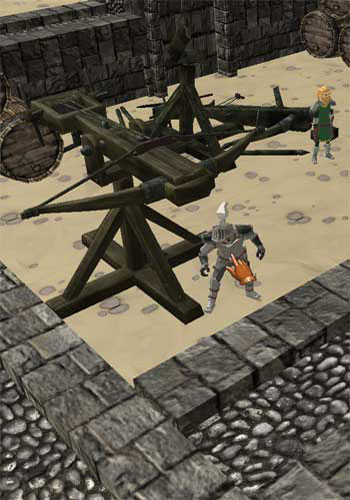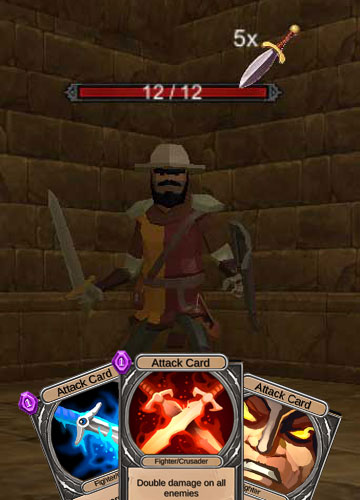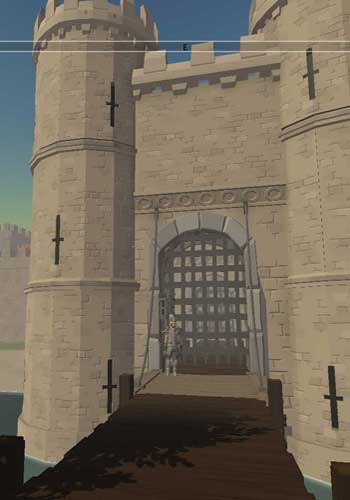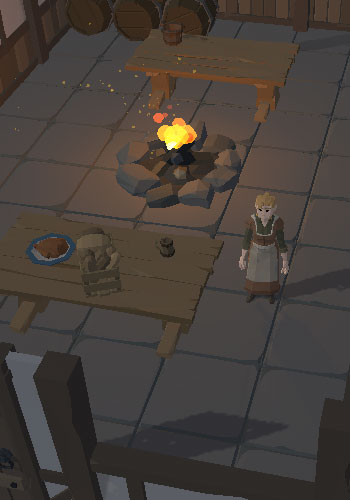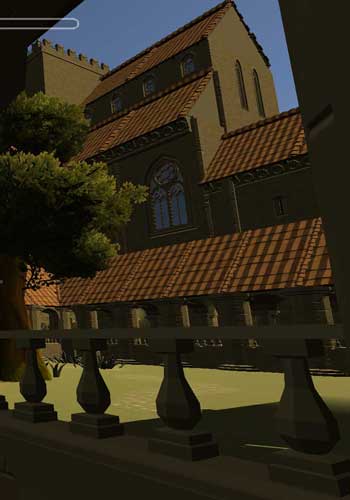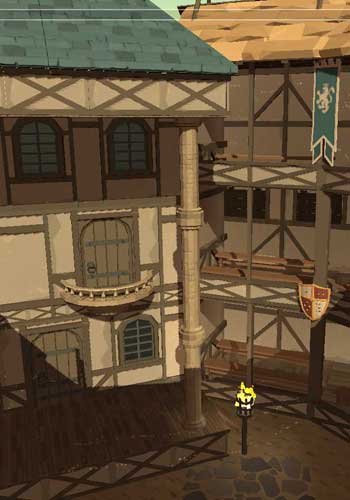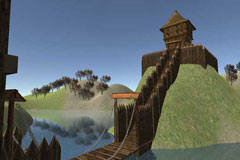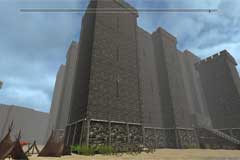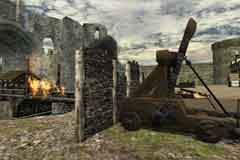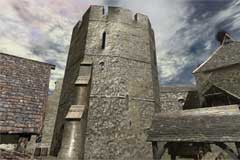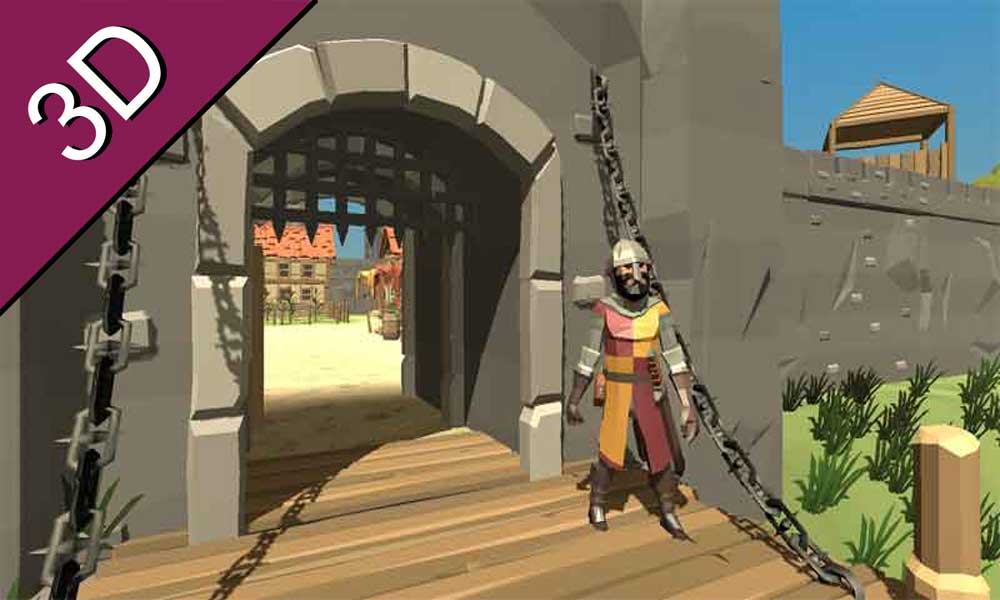Designs, or coat of arms, were invented to help recognise one person from another. How far back this idea was first put into practice is not known but from the first half of the twelfth century (1100-1150) knights began to use designs on their flags and shields to identify themselves in battle and in tournaments. The designs commonly passed down from one generation to the next and became means of identifying an entire family and not just a single person. The term 'coat of arms' comes the the surcoat, a textile garment, that was worn over the armour and was decorated with the same design as the shield.
Aaron's Rod
A snake entwined around a rod.
Click shield to edit
Abased
When a charge, like a lion or cross is placed lower on the shield than its usual position. A geometric ordinary like a chevron or fesse is placed lower than normal.
Click shield to edit
Abisme
Describes a charge shown at the centre of the field (fee point) but possibly smaller than normal.
Accompanied
Means 'between'. For example, accompanied by three fleur-de-lis would mean between three fleur-de-lis.
Abbot
An abbot can use the mitre on the shield.
Click shield to edit
Accrued
A tree that is fully grown.
Click shield to edit
Anchor
The anchor is normally shown in an upright position with a ring at the top.
Click shield to edit
(Cross) Ankh
The Ankh cross is just one of many crosses used in heraldry and is an ancient Egyptian hieroglyphic symbol.
Click shield to edit
Annulet
The Annulet in heraldry is shown as a simple ring. It can also to thought of as a roundel with the centre cut out or 'voided'.
Click shield to edit
Aquarius
See Zodiac.
Argent
Argent is one of the standard colours, or tinctures, used in heraldry. Argent is also classed as a metal alongside Or (yellow) and is meant to represent silver. One of the rules of shield design is not to place a metal object on top of another metal object.
Click shield to edit
Azure
Azure is one of the standard colours, or tinctures, used in heraldry. The other standard colours are red (Gules), green (Vert), and black (Sable).
Click shield to edit
Page Navigation

Medieval Castles
Types of castles
- Early Fortifications
- Castles of William the Conqueror
- Earthwork castles
- Motte and bailey castles
- Castles of Edward I
- Concentric castles
Types of keep
Other details












